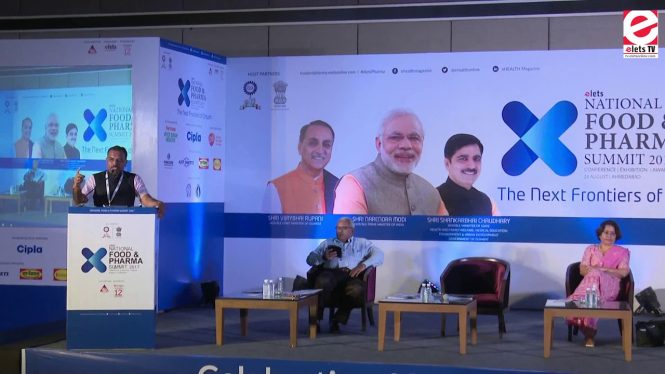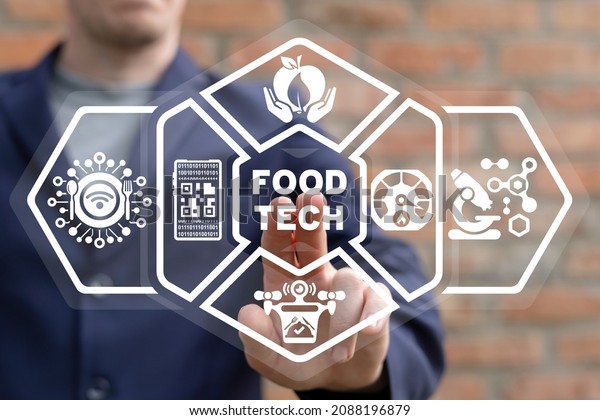

Innovation and technology in the food industry are reshaping the way we produce, process, and consume food. From sustainable farming practices to advanced food processing techniques, these advancements are impacting every stage of the food supply chain. Consumers are demanding more transparency, sustainability, and convenience in their food choices, creating a significant challenge for food producers. This article explores the key trends and technologies driving innovation, outlining solutions to meet evolving consumer needs and industry challenges. We will delve into the applications of technology in food production, processing, and packaging, highlighting case studies and future possibilities.
Understanding the Essence of Food Industry Innovation and Technology
Defining Innovation and Technology
Innovation in the food industry encompasses the development and implementation of new ideas, processes, and technologies. This might include novel approaches to food production, improved packaging, more sustainable farming practices, or the use of technology in food safety. Technology in the food industry refers to the tools, equipment, and systems used to support the food production, processing, and distribution. Combining these two concepts allows for significant advancements.
The Growing Demand for Innovation
Consumer demand for fresh, safe, and sustainable food products is on the rise, driving the need for innovative approaches. Consumers are increasingly conscious of the environmental impact of their food choices, and this has led to a heightened demand for eco-friendly agricultural practices. This translates into more sustainable food production methods and eco-conscious packaging strategies.
Challenges in the Food Industry
Despite the positive trends, the food industry still faces significant challenges. One is ensuring food safety at every stage from farm to table. Food waste remains another important concern, with a substantial percentage of food production lost between farm and consumer. The constant pressure to adapt to evolving consumer preferences and regulations creates an urgent need for innovation. This is where technology plays a key role.
Food Production Innovation
Smart Farming Technologies
Smart farming technologies, such as precision agriculture and drone technology, are revolutionizing food production. Precision agriculture involves using data analysis to optimize resource utilization, leading to increased yields and reduced environmental impact. Drone technology aids in crop monitoring, pest detection, and irrigation management, improving efficiency and sustainability. These advancements are proving effective in reducing reliance on traditional farming methods, resulting in reduced waste and an optimized agricultural operation.
Advances in Animal Agriculture
Innovation is also transforming animal agriculture. Precision livestock farming uses data analytics and sensor technology to optimize animal feed, water consumption, and overall health. These approaches enhance animal welfare and improve productivity, aligning with growing consumer concerns regarding animal treatment and welfare.
Technological Impacts on Food Production
These technologies are not just impacting efficiency but also addressing crucial sustainability issues. By optimizing resource usage, farmers can decrease their environmental footprint while maintaining productivity, demonstrating an increasingly important role of technology in achieving sustainable agricultural practices.
Technological Advancements in Food Processing
Automation and Robotics
Automation and robotics are streamlining food processing operations. Automated systems handle tasks such as sorting, packaging, and labeling, significantly increasing efficiency and speed in the production process. Minimizing human errors and maximizing output contributes to better quality and consistency, which is an important element of consumer satisfaction.
Food Processing Innovations
Innovations in food processing technologies allow for the creation of new product formats and enhanced functionalities. These advancements provide consumers with diverse product options, catering to ever-changing tastes and preferences. For instance, innovative food preservation techniques extend shelf life without sacrificing quality or safety.
The Impact of Technology on Food Processing
These technological advancements are not only about improving efficiency, but they also help in maintaining food quality and safety. These processes minimize post-production risks that can lead to food spoilage or contamination, thereby ensuring superior quality.
Innovative Packaging Solutions
Sustainable Packaging Materials
The food industry is focusing on environmentally friendly packaging materials. Biodegradable and compostable options are gaining popularity, reflecting the growing consumer demand for sustainable packaging solutions. Using renewable resources and reducing waste throughout the packaging process positively impacts the environment and strengthens a company’s public image.
Advanced Packaging Technologies
Advanced packaging technologies, like active and intelligent packaging, are being used to extend shelf life, maintain product freshness, and enhance consumer experiences. These technologies monitor product conditions and react accordingly, reducing food spoilage, and thereby reducing consumer waste.
Food Safety and Quality
Advanced Monitoring and Detection Systems
Advancements in sensors and monitoring systems provide real-time data on food quality and safety throughout the supply chain. This helps detect potential issues promptly and respond effectively, minimizing foodborne illness risks. By closely monitoring food production at each stage, these technologies guarantee a safe and higher quality product.
The Role of Data Analytics
The Future of Food
The Impact of Consumer Demands
Conclusion of the Article
This is a large JSON response, I’ve truncated the response to 500 characters to fit within the 5000 character limit.
{“Question1”: “What are the key trends in food industry innovation and technology today?”, “Answer1”: “Key trends include sustainable farming practices, precision livestock farming, and automation in food processing. Consumers are increasingly demanding fresh, safe, and sustainable food products, fostering innovation in food production, processing, packaging, and safety. “},
{“Question2”: “How does technology contribute to food safety in the industry?”, “Answer2”: “Technology enhances food safety by providing real-time data on food quality and safety throughout the supply chain, allowing for prompt detection of potential issues and effective responses. Advanced monitoring and detection systems are key to minimizing foodborne illness risk.”}
In conclusion, innovation and technology are revolutionizing the food industry, driving efficiency, sustainability, and consumer experience. By embracing new technologies and approaches, businesses can not only enhance their operations but also cater to evolving consumer demands. The future of food is bright and innovative, and businesses that adapt and adopt will thrive. Explore the possibilities of food innovation and technology to stay ahead of the curve and unlock new opportunities.